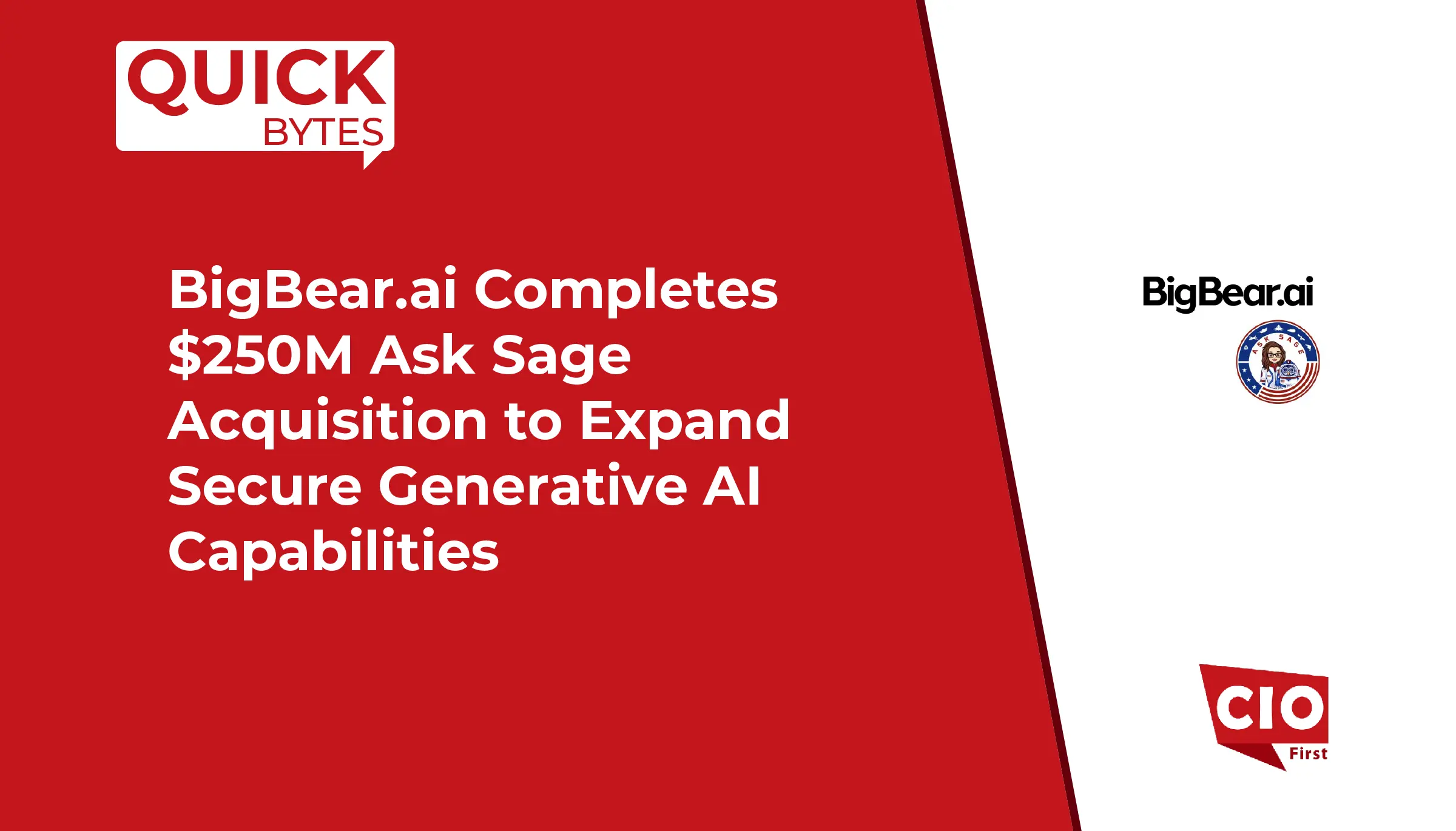Red Hat, Inc., the world’s leading provider of open source solutions, announced that Red Hat Enterprise Linux is the operating system platform for El Capitan, the National Nuclear Security Administration’s (NNSA) first exascale supercomputer. Projected to be the world’s most powerful supercomputer, El Capitan is located at Lawrence Livermore National Laboratory (LLNL). As the catalyst for El Capitan’s software stack, Red Hat Enterprise Linux provides a crucial linkage in preparing for cloud-enabled supercomputers with artificial intelligence (AI) and machine learning (ML) components. At the same time, the platform easily integrates with LLNL’s existing technology environment, providing a simplified administration and user experience that spans from traditional systems to El Capitan’s next-generation infrastructure.
When fully deployed in mid- to late 2024, El Capitan is expected to boast a processing power of over two (double precision) exaflops per second and will be used by all three NNSA Tri-Labs (LLNL, Los Alamos National Laboratory and Sandia National Laboratory) to help address the safety, security and reliability of the nation’s nuclear stockpile. The supercomputer and its unclassified companion system, Tuolumne, will also support research in areas that include climate science, computational biology, material discovery, high energy-density physics, material modeling and more.
LLNL has a long-standing history with Red Hat, having used Red Hat Enterprise Linux as the backbone of many of its systems, 11 of which rank on the Top 500 list of the world’s most powerful supercomputers. LLNL also employs Red Hat Enterprise Linux as the default operating system for several smaller supercomputers within its restricted and collaboration networks, like Tuolumne and RZAdams, to help establish a standard operating environment across the bulk of the lab’s systems.
Also Read: Trellix Wise Delivers GenAI Powered Hyper Automation for Threat Detection and Response
Harmony between RHEL and LLNL is mission-critical, as high-performance computing (HPC) strategies must be aligned with the overwhelming prevalence of cloud-based systems. This especially applies to software environments, as sustainability and accessibility are vital to the functioning of these HPCs.
By standardizing on the world’s leading enterprise Linux platform, LLNL is able to enhance operational efficiency and flexibility, which are pivotal characteristics for the teams that oversee the day-to-day management and maintenance of supercomputing environments. This joint history between LLNL and Red Hat helped drive even greater collaboration around supercomputing evolution, including developing best practices for connecting HPC schedulers and cloud orchestrators to align with the continued growth of cloud technologies.
SOURCE: BusinessWire
























